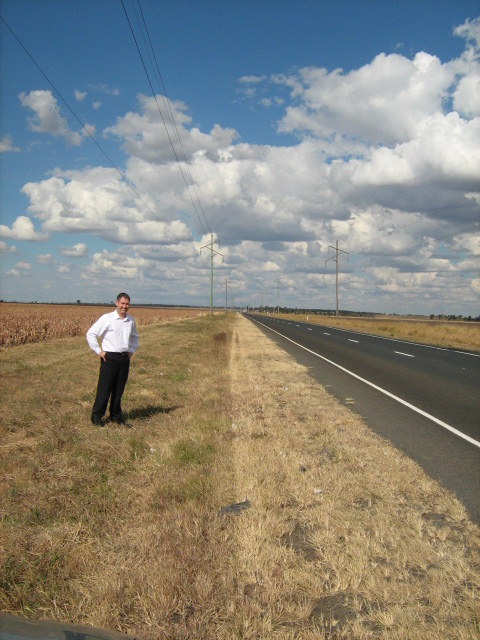
A couple of years ago I was travelling with a young colleague between Brisbane and Dalby in South East Queensland. He was a New Zealander and his knowledge of Australian geography was very poor. I had explained the general relative distance between Brisbane and Dalby, a trip that takes possibly four hours.
After we passed through the City of Toowoomba, which is about an hour and a quarter from Brisbane and began travelling through sparse rural areas my colleague began asking at frequent intervals “Are we there yet? “. Although our journey was filled with pleasant and interesting conversation about our work matters his frequent interjections of “Are we there yet?” started to become tiresome.
At a point in our conversation about an hour from Dalby where the road seemed to be as endless as his questions, we were debating the value of senior managers investing so much of their time preparing progress reports on their businesses for the consumption of downline staff. “It seems a waste of effort” he said ” when most lower level staff don’t really need to know.”
I pulled off to the side of the road and asked him to get out (much to his surprise) and stand by the roadside. I directed his gaze back to where we had come from and said “Do you see the bend in the road back there?”.

“There’s no bend in the road back there,” he said “it’s as straight as an arrow to the horizon.”
“Now look up ahead” I said “can you see the bend in the road?”
“There’s none there either” he said “it’s dead straight to the horizon also.”
“Yes.” I said “It’s like many of the organisations we deal with. They have come a long way on the same road with no change in direction and looking forward it is unlikely to change either. It can get quite boring for those who aren’t actually in the driving seat.” He blinked and I went on.
“You and I are like a manager and his team in the organisation. I’ve told you where we are going but you cannot tell how close we are, even though we have come a very long way. Although the eventual objective is still over the horizon and out of sight you can see the general direction of the road and where it is taking us. But you still keep asking “Are we there yet?”
If you had been keeping your eye on the road signs they would tell you how far we have to go. Then again, as a good manager I should be pointing them out to you so that you would have an appreciation of our progress. I have been describing to you the towns along the way and each one we have arrived at should have given you a sense that we were achieving progress and some assurance that we are on the right road to our destination.”
He smiled broadly and said “Righto Teacher, I get the message. Everyone regardless of their position on the bus needs to know where we are at in our journey, if they are to be kept interested and productive.”
We continued our journey and my companion began reciting all the information signs along the way – localities signs, distance markers, direction signs and even the “5 km to the next McDonald’s” signs.
I began to wish he would just revert to “Are we there yet?”.

